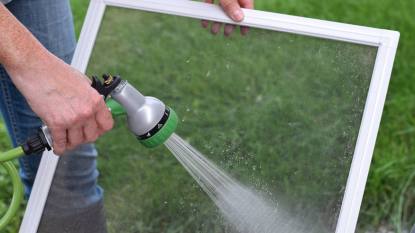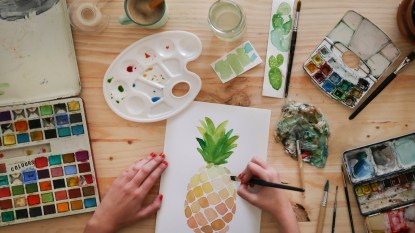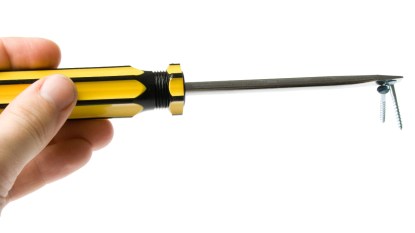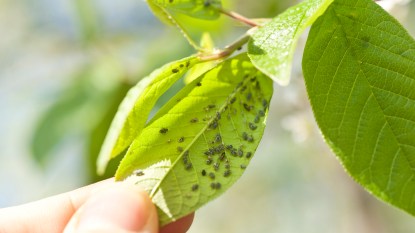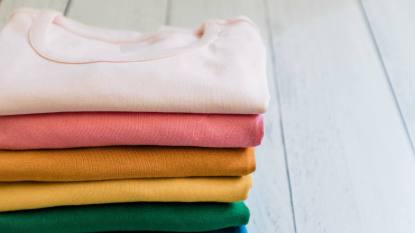How to Clean and Care for Marble Countertops
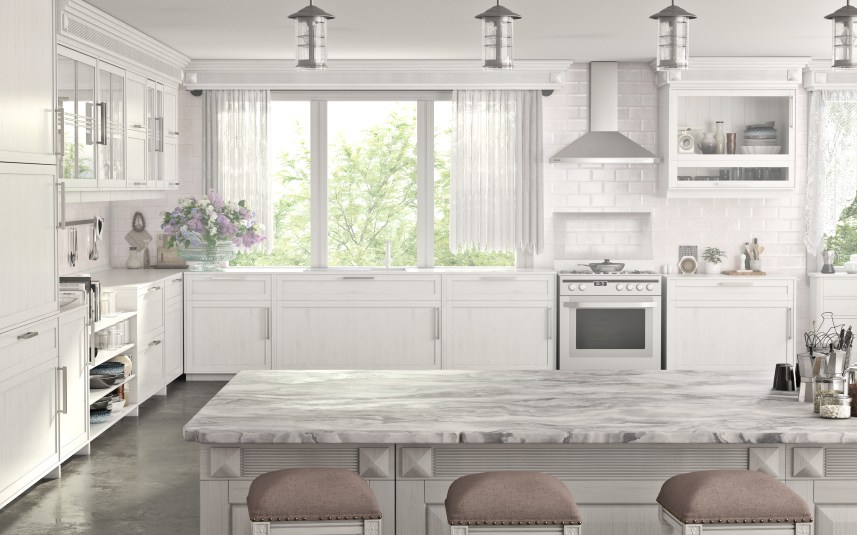
Marble performs well in a kitchen, says Hamish Guthrie, co-director of Melbourne interior-design studio Hecker Guthrie, whose kitchen designs frequently feature marble countertops — with a honed finish.
Because it is a natural material, marble will develop a personality and a film over time, says Guthrie. “You can either fight that or embrace it, it’s a personal choice.”
Difference Between Honed and Polished Marble
The difference between honed and polished marble is that honed has a softer, satin finish whereas polished is shinier and reflects light.
Polished marble tends to show stains and scratches, so it requires more maintenance. “We prefer using honed marble for kitchen splashbacks and countertop surfaces, for practical as well as aesthetic reasons,” he says.
Marble Countertop Sealing
The first step, whether the marble is honed or polished, is to apply a high-grade sealant that will penetrate the marble and sit just below the surface, says Garry Phillips, whose Sydney company, Slique, restores and refinishes stone and tiles.
A quality sealer won’t change the look of the marble. Because marble is porous it will absorb spills and is particularly sensitive to acidic foods such as citrus juice, soft drinks, and vinegar, which can etch (burn) it.
How to Protect Marble Countertops
Once a marble countertop has been sealed properly, immediately after installation, it only needs to be resealed every two to five years, depending on how frequently it is used, says Phillips. It is best to have the sealing done by specialists.
Apart from that, regular wiping with a clean cloth and clean water should be sufficient to keep it looking good. Guthrie recommends using a good cutting board as a barrier between food and your marble countertop.
Best Way to Clean Marble Countertops
Wipe up any spills as quickly as possible, says Guthrie, particularly those that are likely to stain — such as wine, curry sauce, and beetroot juice. Also, don’t leave water lying on its surface for long as it can cause discoloration. In the case of oily spills, these should be soaked up as much as possible at first with plain white paper towels.
After that, cover the spill area with a layer of dry cornflour or talcum powder to draw it out. In other words, marble is a porous surface. Treat it as you would your carpet.
Marble Cleaning Tips
- The only daily cleaning products you need are soft cloth and some warm water.
- Avoid the usual kitchen cleaning products as these can burn into the surface of the marble.
- Phillips says a microfiber cloth will remove most stains or burns from honed marble.
- Polished marble can be spot repolished using a marble polishing cream on a soft cloth.
This article originally appeared on our sister site, Homes to Love.


